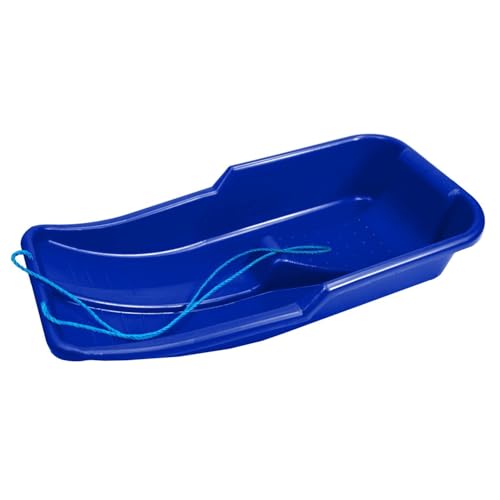Weight restrictions for using a sledge
A sledge, also known as a sled or a sleigh, is a popular tool for transportation over snow or ice. It consists of a smooth and flat bottom surface, typically made of a durable material such as wood or plastic, and can be pulled or pushed by a person or an animal. While sledge riding can be a thrilling and enjoyable winter activity, it is important to consider weight restrictions to ensure safety and avoid potential accidents.
Understanding the purpose of weight restrictions
When it comes to using a sledge, weight restrictions are generally put in place to ensure the sled’s stability and prevent potential damage. The weight limit is typically determined by the manufacturer based on the sled’s design, materials, and intended use. Exceeding the weight limit can compromise the sled’s structural integrity, making it more susceptible to breaking or tipping over during use.
Factors to consider when determining weight restrictions
The weight restrictions for using a sledge can vary depending on various factors, including the type of sled, its construction materials, and the terrain on which it will be used. Here are a few key considerations:
1. Sled type: Different types of sleds have different weight capacities. For example, a small and lightweight plastic sled may have a lower weight limit compared to a larger and sturdier wooden sled.
2. Construction materials: The materials used to construct the sled can impact its weight limit. Sleds made of stronger and more durable materials, such as reinforced plastic or metal, can typically handle heavier loads compared to sleds made of thinner and less sturdy materials.
3. Terrain: The type of terrain on which the sled will be used can also affect the weight restrictions. Sleds designed for flat or gentle slopes may have lower weight limits compared to sleds built for steeper or rougher terrains.
Importance of adhering to weight restrictions
Adhering to weight restrictions for using a sledge is crucial for several reasons:
1. Safety: Exceeding the weight limit can lead to accidents and injuries. Overloading a sled increases the risk of it toppling over or losing control, potentially causing collisions with other sledders or obstacles.
2. Durability: Using a sled beyond its weight capacity can cause stress and strain on the sled’s structure, leading to premature wear and tear. This can result in the sled breaking or becoming unusable, requiring costly repairs or replacements.
3. Performance: A sledge that is overloaded may not perform as intended, making it difficult to control and reducing the overall enjoyment of the experience. Adhering to weight restrictions ensures optimal performance and a smoother ride.
Tips for safely using a sledge
To make the most of your sledge riding experience while ensuring safety, consider the following tips:
1. Read the manufacturer’s guidelines: Always consult the manufacturer’s guidelines or instructions for your specific sled model. This will provide valuable information on weight restrictions and other important factors to consider.
2. Inspect the sled: Before each use, thoroughly inspect the sled for any signs of damage or wear. Ensure that all components, such as handles and runners, are secure and in good condition.
3. Distribute weight evenly: If using the sled with multiple riders, distribute weight evenly to maintain stability. Uneven weight distribution can lead to instability and potentially cause the sled to tip over.
4. Choose appropriate terrain: Select a suitable slope or terrain that matches the weight capacity and design of your sled. Steeper slopes may require sleds with higher weight limits and better stability.
5. Wear protective gear: Always wear appropriate protective gear such as helmets, gloves, and warm clothing when sledding. This will help reduce the risk of injuries in case of a fall or collision.
By considering weight restrictions and following these safety tips, you can enjoy the exhilaration of sledge riding while minimizing the risk of accidents and ensuring the longevity of your sled.






